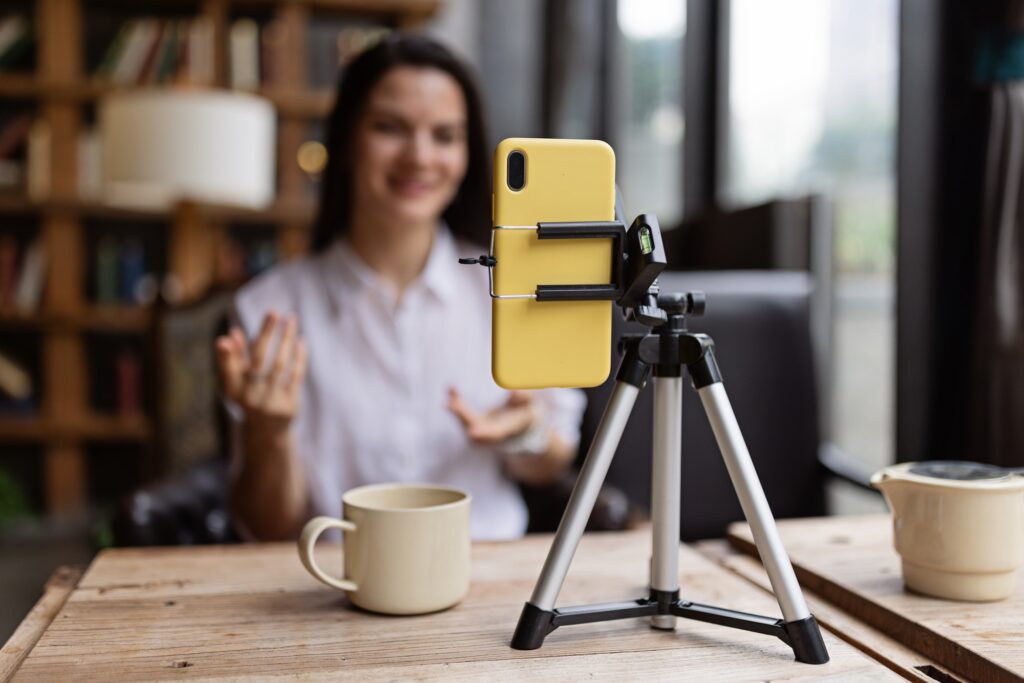3 Major Improvements to Google web stories for better Video SEO
Google released its latest answer to the viral trend called Google Web Stories, previously known as Accelerated Mobile Pages. Google Web Stories takes conventional web content and turns it into a more engaging and interactive experience for your readers. You can also upload your personal videos with your web pages through Google Web Stories. There are two ways you can get your videos published on Google: through Google’s site, or through Google’s mobile app.
The first way is much easier than the second. Google Web Stories has been designed so that your uploaded videos can be viewed in the browser of your Android, iPhones, Chrome, and Safari devices. This ensures that your marketing strategy will reach the maximum number of people. To submit your web stories, go to Google and search for “Web Stories”. When you have found one that you like, select it, and then follow the directions for submission. If you need help submitting your video to Google Web Stories, our partner at Camstudio provides tutorials on YouTube for this and many other social media story formats.
Google Web Stories for better video SEO
Upload the html mark-up file onto your site. This file is created by Google when you access Google Web Stories. It is best to use an html editor (for example Microsoft FrontPage) so that you can create the text boxes and buttons that appear on the screen. Include links to your social media profiles in your html code. For example, include a link to your Facebook profile page.
Google Web Stories uses an accelerated mobile version of Android apps. To take advantage of this feature, download Google Android app to your desktop, laptop, or smartphone. This will replace your web content with the new mobile versions. In order to share full-screen videos across all of your mobile devices, use a different profile page, as described above.
Google Web Stories has been enhanced to allow authors to specify keywords for the Google Search Network to find their web stories. The keyword suggestions are displayed right next to search results. This makes it easier to find and read web stories about topics you are interested in. By tapping on “Explore” on the top-right corner of your keyboard, you can search for any type of web story or topic and get a list of related web stories.
Google Web Stories offers many additional features as well. You can now schedule your posts to appear in your newsfeeds throughout the day. This is a great way to distribute your content throughout the day to create web stories quickly. You can also publish your posts to multiple social media platforms from within the app. This makes it easy to share your content with your followers and encourages them to share the content with their followers.
Google is making it easier than ever before to publish rich web stories to Google Web Stories in the Android app. Now you can easily publish your content through your Google account, just like you would through your regular web browser. Web Stories works in a similar way to Google News, where you can create and share links to articles and short stories, and have them appear in Google’s news feed. You can set keywords for the search engine to find and display your content in this format. And because it is still part of the Google Apps suite, it works with the latest versions of the Android operating system.
The third major improvement to Google Web Stories is the integration of video. If you’ve enjoyed watching your stories in the past, you will love the video feature. You can publish video to YouTube using your web story and stream it to your followers. Video ads are a great way to monetize your Google Web Stories content. You can also choose to include a Google+ widget that include a button for sharing your video with your followers. These improvements to Google Web Stories give it an even deeper user experience.

